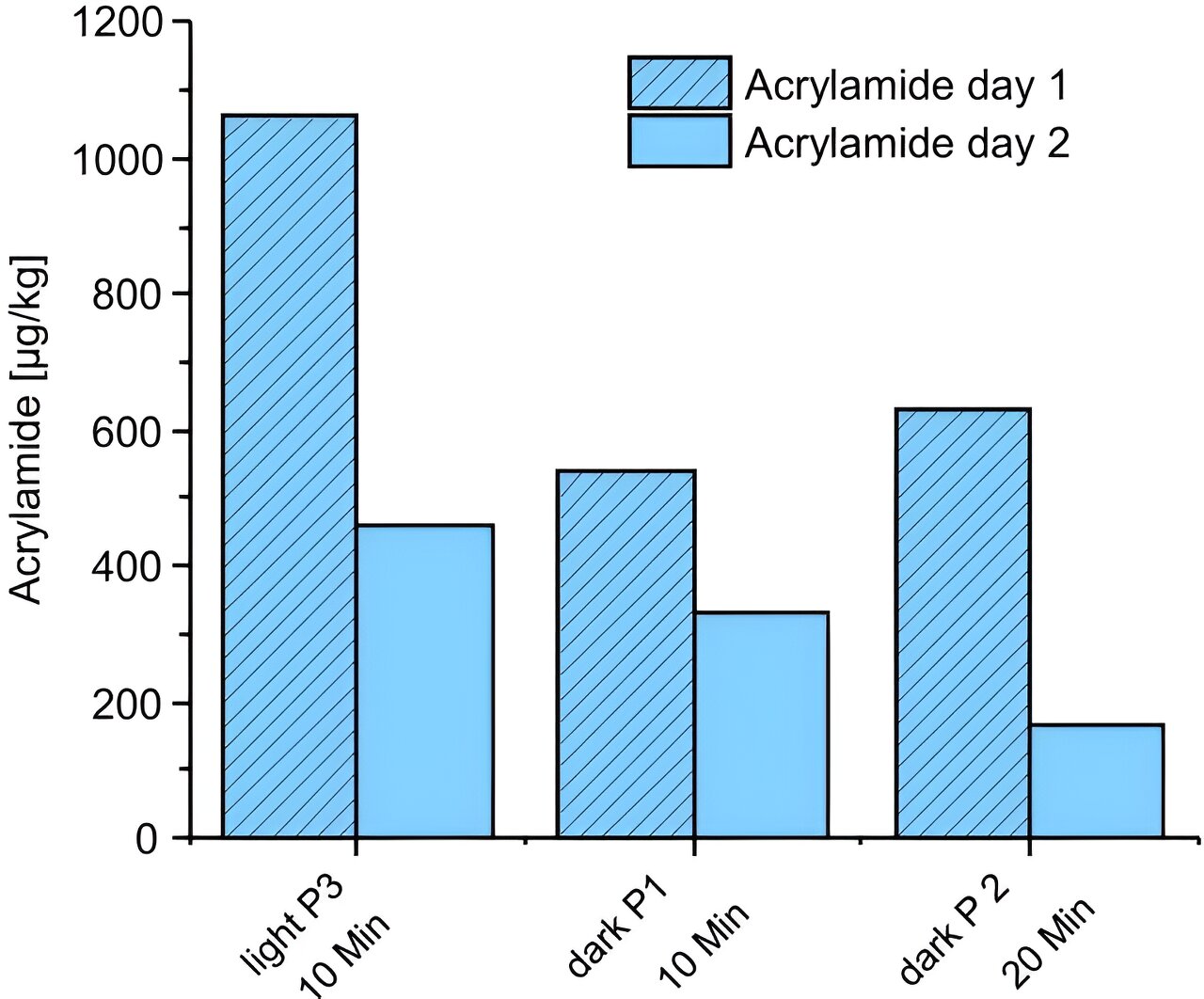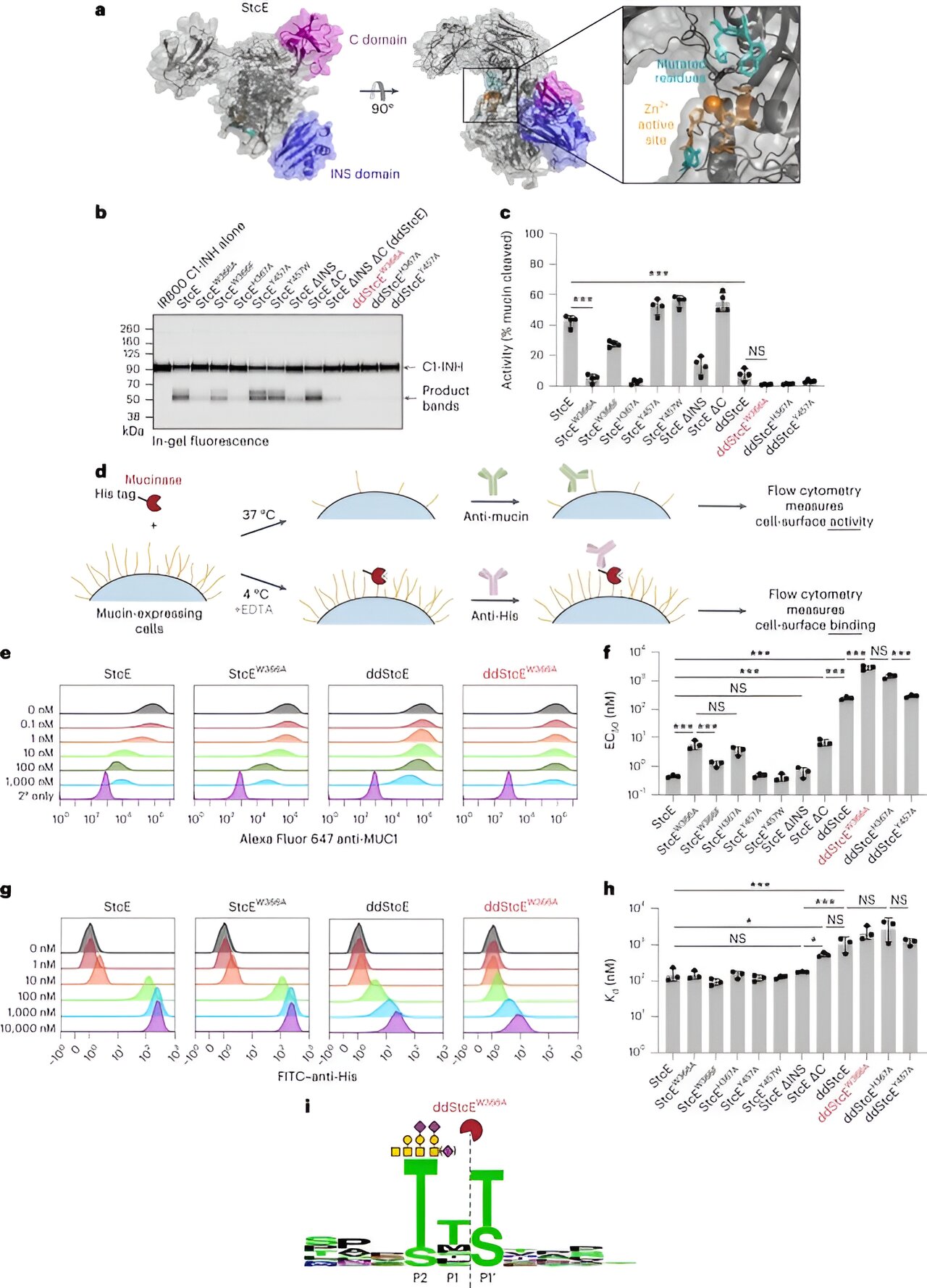Did you know that coffee, one of the world’s most beloved beverages, can also pose health concerns? During the roasting process, foodborne toxicants like acrylamide and furan can be produced. But don’t worry, there are ways to mitigate these contaminants by adjusting the roasting parameters and implementing special procedures.
Beverage Plant Research recently published an online paper titled “Food borne toxicants in coffee: Acrylamide and furan derivative content in Arabica and Robusta coffees with different roasting profiles and varying degrees of roast.”
This study examined Vietnam Robusta grade 2 and Brazil Arabica (unwashed) coffee with various roasting profiles (tangential, drum, and hot air roasting) and roast degrees (light, medium, and dark roast). Using GC-MS, researchers accurately measured the acrylamide and furan derivative content in the samples.
The findings revealed that light roasts had the highest acrylamide content, while the furan and methylfurans content was low in light roasts for both Robusta and Arabica samples. The study also investigated the impact of special roasts, such as double roast or roasting with a sudden temperature change, on acrylamide and furan content.
Interestingly, the results showed that special roasts had no significant effect on the two contaminants. In summary, this study suggests that the type of coffee and the roasting process play a crucial role in determining the levels of these toxicants. However, simultaneously mitigating the effects of acrylamide and furan/methylfuran by adjusting the roasting parameters seems to be impossible.
In conclusion, this research highlights the significant influence of coffee type and roasting profile on acrylamide and furan levels. It opens up possibilities for regulating these toxicants through controlled roasting processes, potentially leading to safer and healthier coffee consumption practices.
,,,








